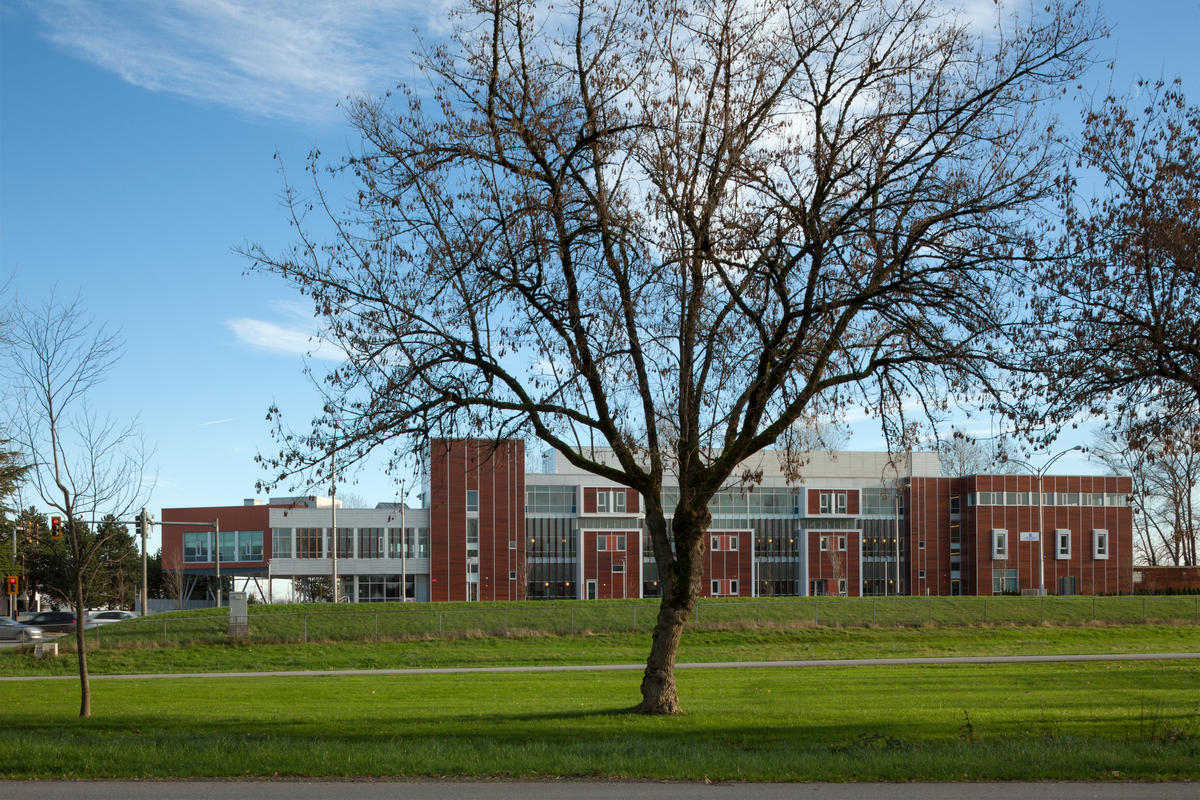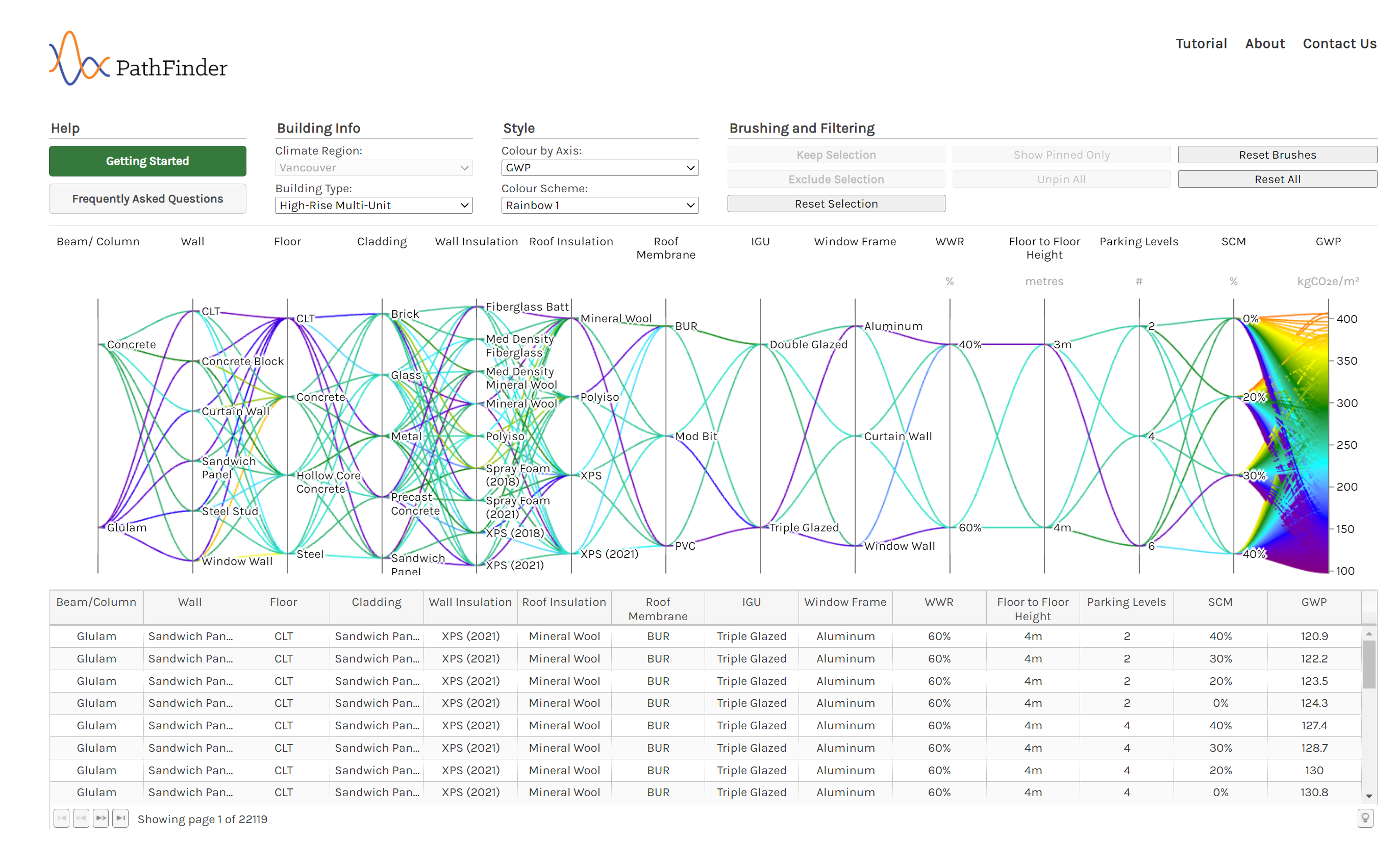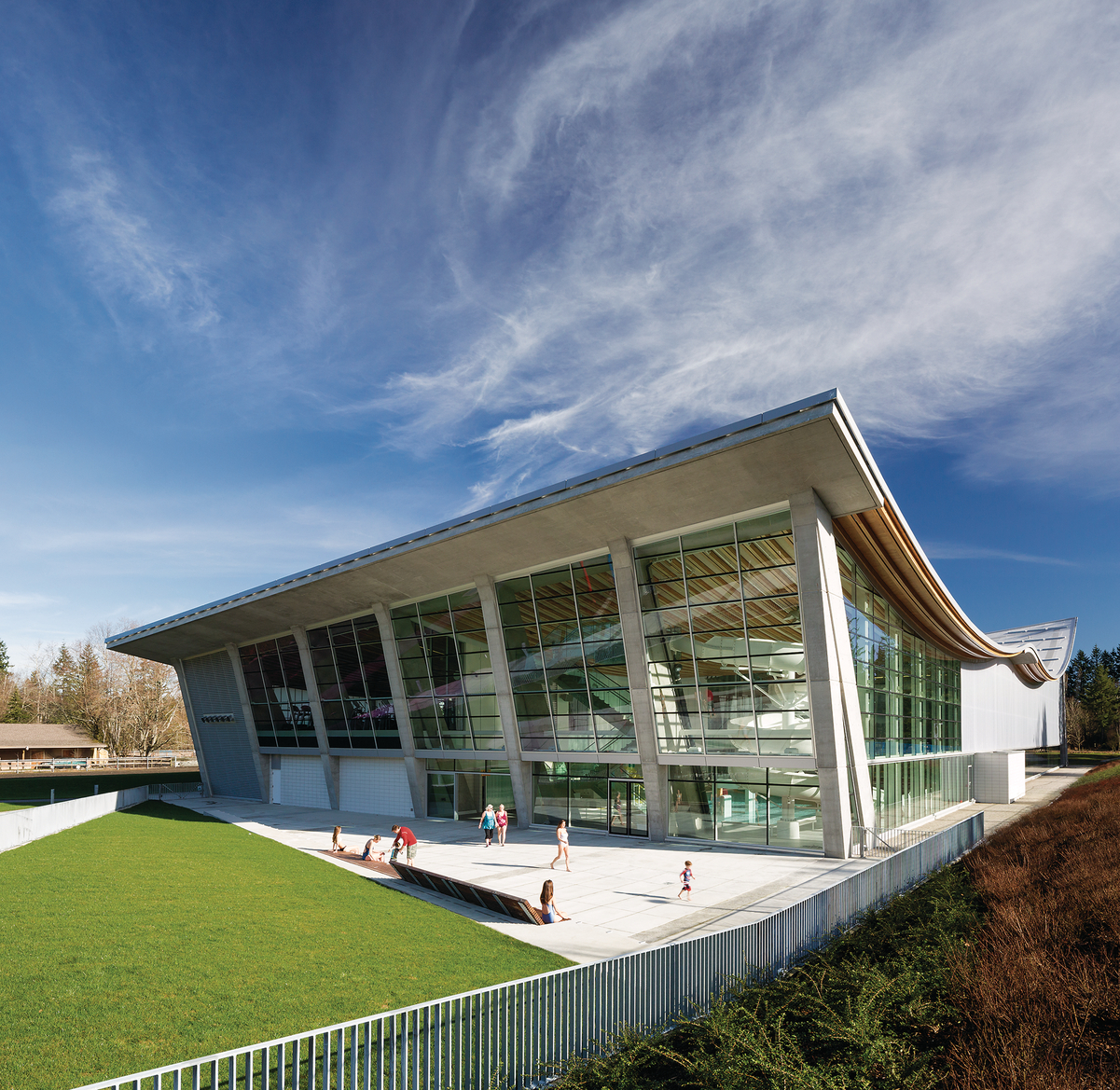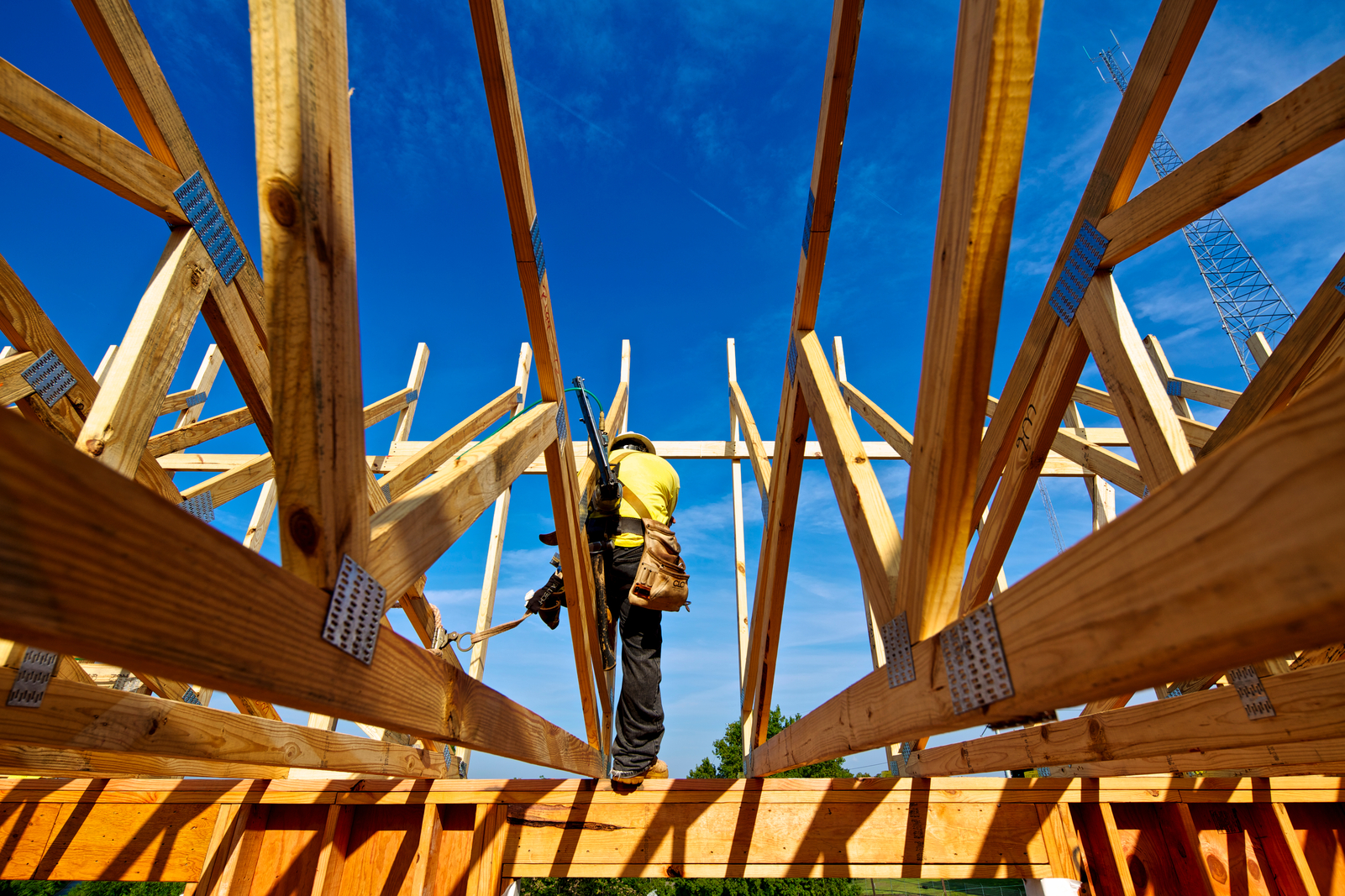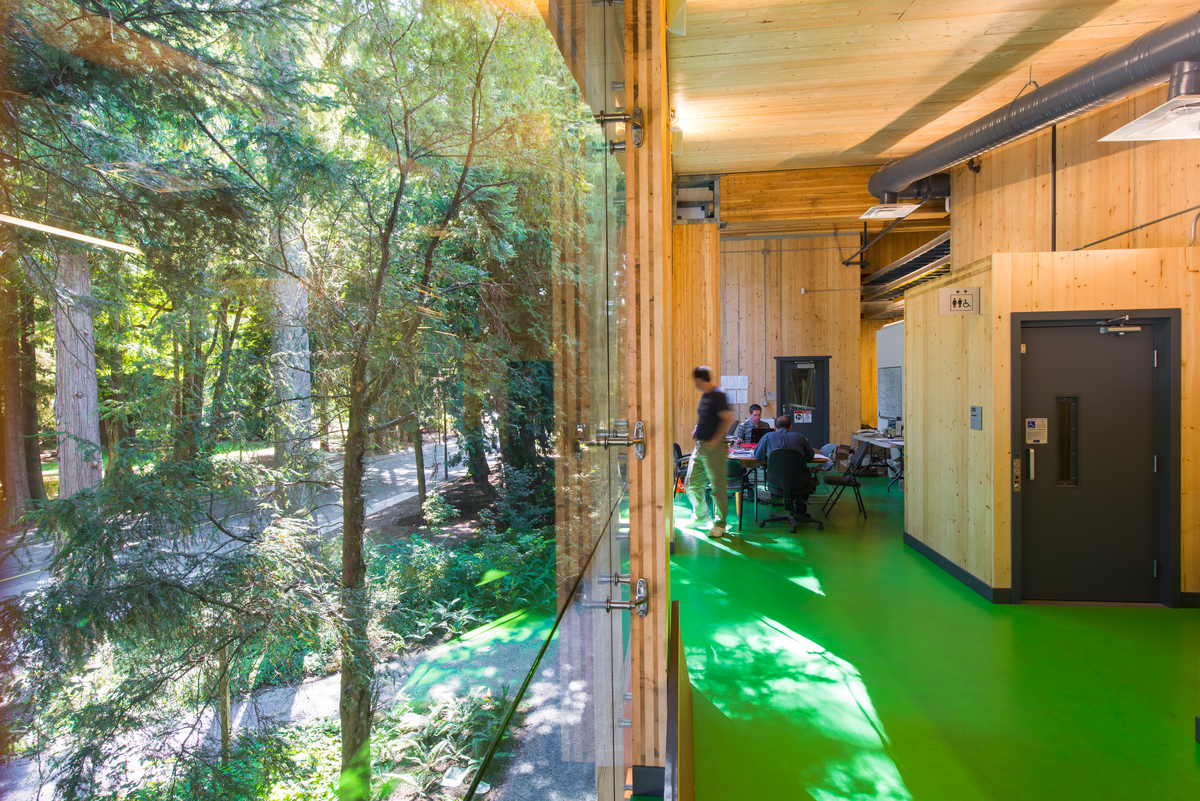Life cycle assessment analytical tools
As green building programs in North America shift from prescriptive to performance provisions, they turn to life cycle assessment and other analytical tools to award credits.
Providing measurable details about a building’s environmental impacts offers numerous benefits. Its primary benefit is to equip the design team with the information needed to reduce environmental impacts over a business-as-usual design. It gives design teams a competitive advantage by positioning them as industry leaders. Clients can use the information to inform their marketing and climate change mitigation strategies.
The goal of green design is to achieve sustainability by designing and building structures that use less energy, water and materials, and minimize impacts on human health and the environment. Life cycle assessment (LCA) supports this by quantifying the environmental impacts of resource consumption, emissions and waste throughout the building’s life.
Explore the fact sheet to learn more about this performance-based approach as well as its application highlighted within nine British Columbia (B.C.)-based buildings.
Pacific Autism Family Centre | Photo credit: Derek Lepper
